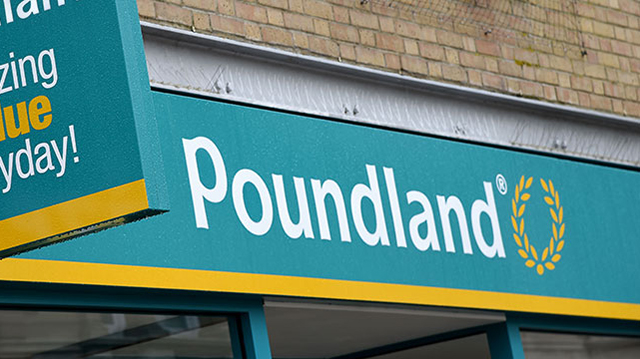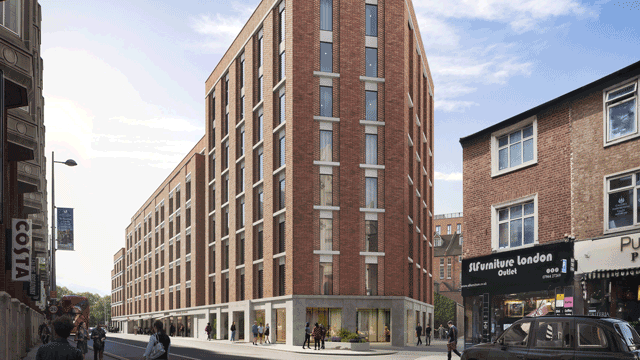by Duncan Lamb
The office market in London’s Holborn has exceeded expectations in the last 12 months and by the end of 1987 top rents should pass the £38 per sq ft mark.
Often thought of as a developer’s no man’s land between the West End and the City, being the unexciting preserve of solicitors and, at its eastern border, the national newspapers, the area is now enjoying an upsurge in popularity as demand outstrips the supply of space.
In their first report on the area, Richard Ellis say that take-up in the area in 1987 should be around 1.5m sq ft (they estimate that it is already around 900,000 sq ft), but that current availability and short-term future supply remain “critically low”.
A total of 1.9m sq ft of speculative office space is due for completion between now and 1990, but this is dominated by large schemes such as the Whitefriars site — currently the subject of a 320,000-sq ft planning application by Kumagai Gumi — and the project at Farringdon Street Station.
Consequently, the report notes: “There will be continued rapid rental growth in those buildings of between 20,000 sq ft and 40,000 sq ft which accommodate the traditional Holborn occupiers of small- to medium-sized firms of solicitors and accountants.”
Providing a solid core to the progress of the area is the greatly increased presence of the financial sector — given a lead by Goldman Sachs on Fleet Street and Morgan Guaranty’s project at the City of London Schools site.
“There are several potential sites within Holborn which could provide the type of large-scale accommodation demanded by these financial firms, especially in the east where a number of newspaper sites remain to be developed.”
In addition, the agents say that the differing attitudes of the four planning boroughs that are represented in the area and the rates factor (much of the area is in Camden) is having less of a disincentive effect on tenants and developers.
Against this background, Richard Ellis say that the prospects for Holborn remain good and prime rental levels, which have traditionally stood at 50% to 60% of City levels, may well move to the 70% mark in the next few years.










